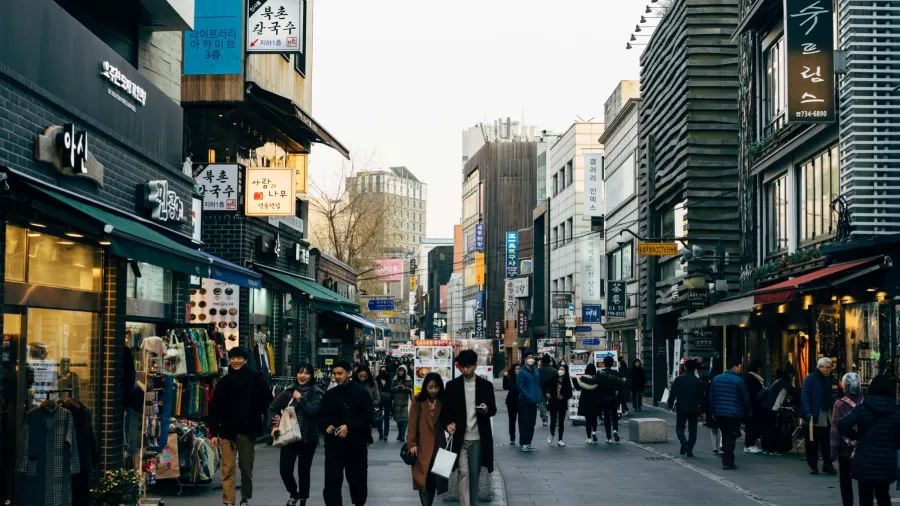
South Korea's e-commerce market hits $115.1b in 2023
It is projected to reach $125.6b in 2024.
The e-commerce sector in South Korea experienced a 10% growth in 2023, reaching $115.1b (KRW150.3t), according to GlobalData.
Projections also suggest that the market is poised to expand by 9.1% in 2024, reaching $125.6b (KRW164t).
“South Korea’s e-commerce market is the third largest (in terms of value) in the Asia-Pacific region and lags only behind China and Japan,” said Poornima Chinta, senior banking and payments Analyst at GlobalData.
“It has evolved at a rapid pace in the past few years supported by the country’s robust digital infrastructure, including high internet and smartphone penetration as well as digital retail innovations such as the use of drones and robots for deliveries, AI-powered personalisation, and live stream shopping.”
As per GlobalData's 2023 Financial Services Consumer Survey, approximately 81% of South Korean consumers reported engaging in online shopping over the past six months, with a mere 10.2% indicating no online shopping activity.
ALSO READ: Why BNPL is booming in Southeast Asia
Meanwhile, payment cards, especially credit and charge cards, dominated the e-commerce scene with a 54.3% market share in 2023, driven by perks like interest-free installments and rewards. Alternative payment methods like Samsung Pay and Naver Pay are gaining ground, comprising 32.9% of transactions. Cash accounted for just 2% of e-commerce payments.
Chinta predicts continued e-commerce growth, with a projected CAGR of 9.2% by 2028, reaching $178.5b (KRW233.1t).
She also noted that with the growing popularity of alternative payment methods, there may arise a challenge to the prevailing dominance of payment cards.



















 Advertise
Advertise






